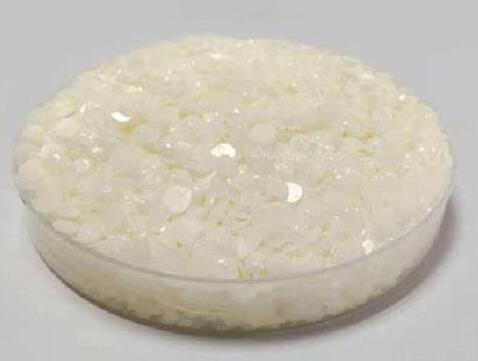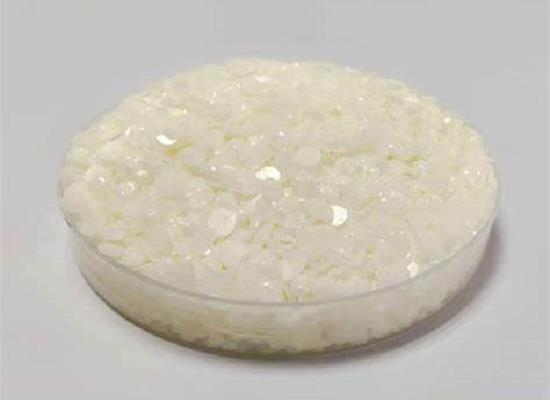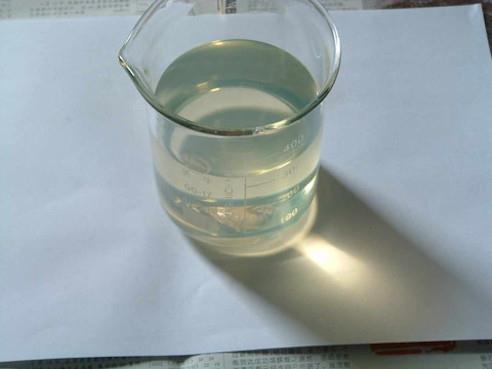4,4'-Methylenedianiline: Synthesis, toxicity and metabolism
General description
4,4'-Methylenedianiline (MDA) is a chemical mainly used in the insulation and manufacturing processes of polyurethane foams with various uses, such as insulation purposes. It is a well-known hepatotoxin and occupational exposure can occur either via direct skin contact or via inhalation. Its appearance is as follows:
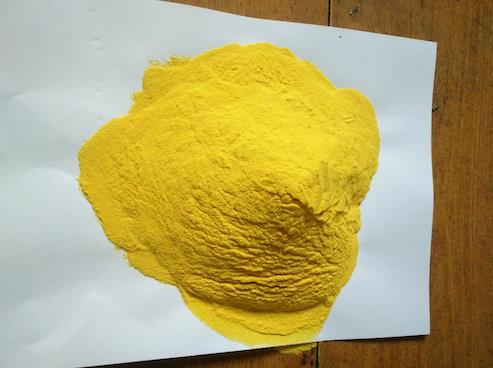
Figure 1 Appearance of 4,4'-Methylenedianiline
Synthesis
A round-bottom flask was charged with Pd(OAc)2 (0.05 mmol, 11 mg), the nitroarene (1 mmol), and freshly distilled THF (5 mL). The flask was sealed and purged with N2. While purging the flask with N2, a solution of aq KF was added via syringe (2 mmol KF, 116 mg in 2 mL of degassed H2O). The N2 inlet was replaced with a balloon filled with N2. PMHS (4 mmol, 0.24 mL; 1 mmol of hydride is 0.06 mL) was slowly added dropwise via syringe (Caution! Rapid addition of PMHS can result in uncontrollable gas evolution!). The reaction was stirred for 30 min or until complete as judged by TLC. At that time, the reaction flask was opened to the air, diluted with Et2O (5-10 mL), and stirred for 5 min. The layers were separated and the aqueous layer was back-extracted with Et2O. The combined organics were filtered through a plug of Celite (top layer) and neutral alumina (bottom layer) in a 1 cm diameter column by flushing with EtOAc. The filtrate was concentrated and subjected to flash chromatography eluting with gradients of hexanes-EtOAc and/or EtOAc-MeOH to yield Bis(4-nitrophenyl)methane. Bis(4-nitrophenyl)methane was subjected to the general procedure for reducing nitro arenes with 8 equiv of PMHS (8 mmol, 0.48 mL) and 4 equiv KF (4 mmol, 232 mg); yellow-orange solid: 4,4'-Methylenedianiline; yield: 185 mg (93%). mp 89 °C; Rf0.2 (hexanes-EtOAc, 50:50); silica gel FC (hexanes-EtOAc, 80:20, 50:50, then 0:100). 1H NMR (300 MHz, CDCl3): δ = 6.99 (d, J = 8.24 Hz, 4 H), 6.61 (d, J = 8.24 Hz, 4 H), 3.79 (s, 2 H), 3.54 (br s, 4 H). 13C NMR (75 MHz, CDCl3): δ = 144.1, 131.7, 129.4, 115.1, 40.0 [1].
Toxicity
4,4'-Methylenedianiline and its dihydrochloride salt are well-known human hepatotoxins and animal carcinogens; they are also anticipated to be human carcinogens [2]. Regarding the underlying mechanism of carcinogenicity, in vitro studies showed that 4,4'-Methylenedianiline exerts genotoxic effects in hepatocytes and thyreocytes of both rats and humans. In addition, formation of 4,4'-Methylenedianiline-DNA adducts in the liver and in the skin has been reported in both animals and humans exposed to 4,4'-Methylenedianiline, respectively [3]. Therefore, it is possible that 4,4'-Methylenedianiline exerts genotoxic actions. In addition, in vitro studies also suggest that 4,4'-Methylenedianiline exerts both mutagenic and genotoxic actions, but the few existing animal and clinical studies yielded conflicting findings. In addition, 4,4'-Methylenedianiline has been reported to cause cholestatic jaundice mostly in industrial workers. In almost every case, there was also direct skin contact with 4,4'-Methylenedianiline. Clinical findings included abdominal pain and discomfort, jaundice, nausea and malaise. All workers recovered completely within 2-3 months.
Metabolism
4,4'-Methylenedianiline exposure is mostly occupational either via inhalation or direct dermal con tact [4]. 4,4'-Methylenedianiline undergoes N-acetylation in the liver, and animal studies suggest that rapid acetylators are more susceptible to 4,4'-Methylenedianiline -induced hepatotoxicity than slow acetylators. However, in workers exposed to 4,4'-Methylenedianiline, plasma 4,4'-Methylenedianiline levels did not depend on N-acetylation genotype. In addition, animal studies suggest that 4,4'-Methylenedianiline is metabolized by the cytochrome P450 and this process is required for its toxicity. Other animal studies suggest that 4,4'-Methylenedianiline also undergoes extrahepatic peroxidative metabolism that might also lead to the formation of genotoxic reactive intermediates [5]. Overall, approximately 90% of 4,4'-Methylenedianiline and its metabolites are excreted in the urine and 10% in the feces. Urinary elimination rate of 4,4'-Methylenedianiline is <0.01-1.6 mg/h. Urinary and plasma half-life range between 10-82 hours and 10-22 days, respectively.
References
[1]Rahaim et al. Palladium-catalyzed silane/siloxane reductions in the one-pot conversion of nitro compounds into their amines, hydroxylamines, amides, sulfonamides, and carbamates. Synthesis (2006), (19), 3316-3340.
[2]Liss GM, Guirguis SS. Follow-up of a group of work- ers intoxicated with 4,40-methylenedianiline. Am J Ind Med 1994; 26: 117–124.
[3]Kenyon SH, Bhattacharyya J, Benson CJ, and Carmi- chael PL. Percutaneous penetration and genotoxicity of 4,40-methylenedianiline through rat and human skin in vitro. Toxicology 2004; 196: 65–75.
[4]Wellner T, Luersen L, Schaller KH, Angerer J, Drexler H, and Korinth G. Percutaneous absorption of aromatic amines - a contribution for human health risk assess- ment. Food Chem Toxicol 2008; 46: 1960–1968.
[5]Kautiainen A, Wachtmeister CA, and Ehrenberg L. Characterization of hemoglobin adducts from a 4, 40- methylenedianiline metabolite evidently produced by peroxidative oxidation in vivo. Chem Res Toxicol 1998; 11: 614–621.
You may like
Related articles And Qustion
See also
Lastest Price from 4,4'-Methylenedianiline manufacturers

US $10.00/KG2025-04-21
- CAS:
- 101-77-9
- Min. Order:
- 100KG
- Purity:
- 99%
- Supply Ability:
- 100 mt
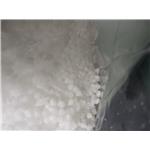
US $8.00/kg2024-11-07
- CAS:
- 101-77-9
- Min. Order:
- 1kg
- Purity:
- 99%
- Supply Ability:
- 20000

